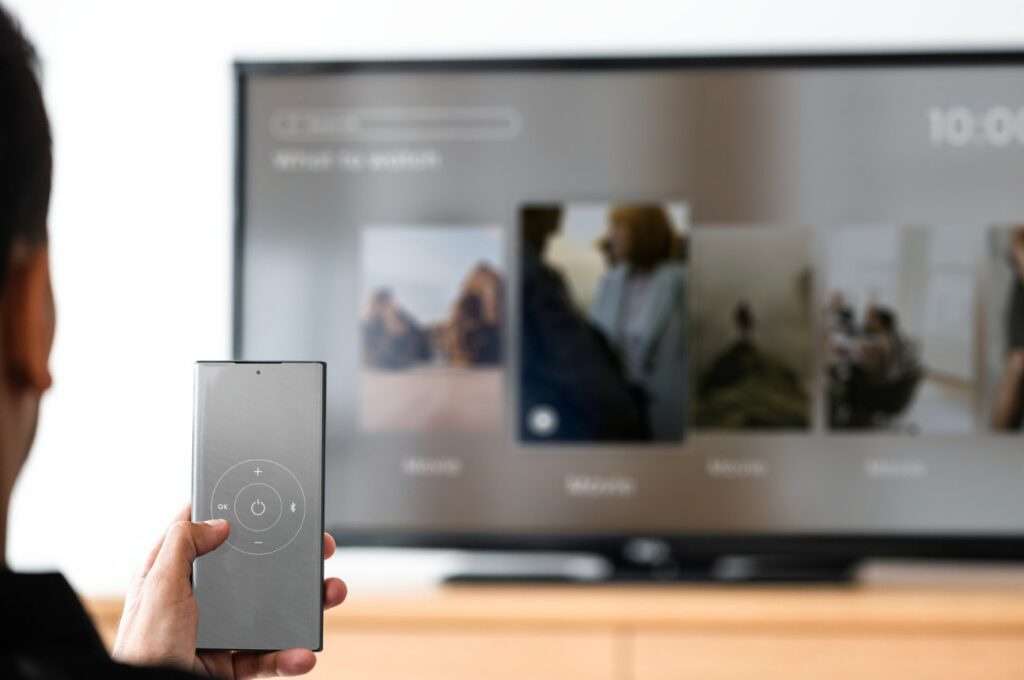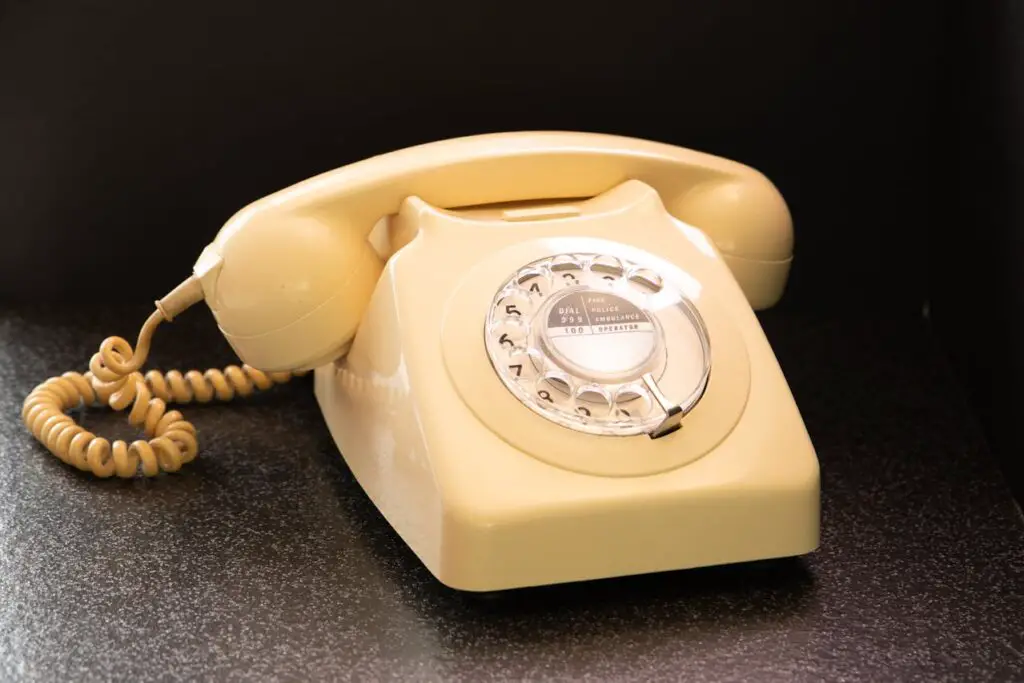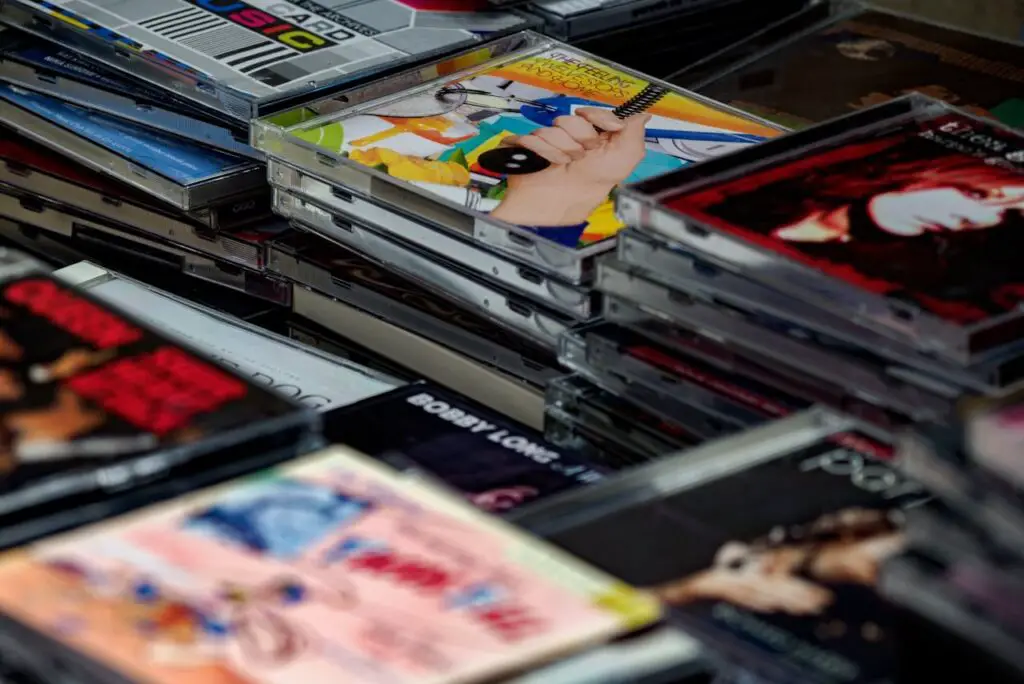13 Things Boomer Favorites That Gen Z Is Letting Go of for Good

Every generation has its own traditions, habits, and possessions that feel essential in their time. Baby Boomers, born between 1946 and 1964, grew up with rotary phones, printed newspapers, and fine china sets that were must-haves for any household. However, Gen Z, born in the late 1990s and early 2010s, is shifting away from many of these once-beloved staples. Whether it is changing technology, evolving lifestyles, or a preference for minimalism, Gen Z is eliminating things Boomers held dear. Here are 13 nostalgic Boomer favorites that younger generations are choosing to leave behind.
1. Cable Television

For decades, cable television was the centerpiece of entertainment, with families gathering around the TV to watch the news, sitcoms, or their favorite late-night hosts. Boomers grew up flipping through channels and adjusting antennas, but Gen Z has almost completely abandoned cable in favor of streaming services. With Netflix, YouTube, and Hulu providing on-demand content without commercials or expensive subscription fees, younger generations see no reason to pay for traditional cable. Even live sports and news, once cable’s biggest selling points, can now be streamed online, making cable television an unnecessary expense.
2. Landline Phones

Landline telephones were once a household necessity, with entire families relying on them to stay connected. Boomers remember waiting by the phone for important calls, memorizing phone numbers, and even using answering machines. Gen Z, however, has no interest in landlines. With smartphones offering everything from texting to video calls, home phones have become obsolete. Many young adults never even had a landline growing up, making it a relic of the past.
3. Paper Maps and Printed Directions

Boomers relied on paper maps and handwritten directions to navigate road trips and unfamiliar cities, often keeping a glovebox full of road maps. While some older generations still appreciate having a physical map as a backup, Gen Z prefers digital navigation tools like Google Maps and Waze. These apps provide real-time traffic updates, step-by-step directions, and rerouting options, making printed maps feel outdated and inconvenient. Even GPS devices like Garmin, once popular among Boomers, have been replaced by smartphone apps.
4. Paying with Cash

Boomers were accustomed to carrying wallets full of cash and paying for purchases with bills and coins. But Gen Z has almost entirely abandoned physical money in favor of digital transactions. With apps like Apple Pay, Venmo, and PayPal, young consumers rarely need to visit an ATM. Many businesses are also going cashless, making it even less likely for younger generations to carry cash. While some Boomers still prefer the tangibility of paper money, Gen Z is fully embracing the convenience of digital payments.
5. Shopping at Department Stores

For Boomers, department stores like Sears, JCPenney, and Macy’s were go-to shopping destinations for clothing, home goods, and gifts. A weekend trip to the mall was a social event, and store credit cards were a common way to build credit. Gen Z, however, prefers online shopping, thrifting, or supporting small businesses. E-commerce giants like Amazon and secondhand marketplaces like Depop have made traditional department stores less appealing. Younger shoppers value convenience, sustainability, and personalized shopping experiences over browsing massive retail chains.
6. Fine China and Fancy Dinnerware

Many Boomers took pride in owning a fine china set, often displayed in glass cabinets and used only for special occasions. These delicate plates, silverware, and crystal glasses symbolized class and tradition. However, Gen Z has no interest in maintaining fragile dishware that they rarely use. Younger generations prefer practical, minimalist, and durable dinnerware that can be used daily without fear of chipping or breaking. With a focus on casual dining and multifunctional kitchenware, fine china is becoming a thing of the past.
7. Traditional 9-to-5 Jobs

Boomers viewed a steady 9-to-5 job with benefits and a retirement plan as the ultimate goal. Many spent decades working for the same company, valuing stability and job security. Gen Z, however, is redefining the workplace, prioritizing flexibility, remote work, and side hustles over traditional office jobs. Many young professionals prefer freelance work, gig economy jobs, or starting their own businesses rather than being tied to a corporate schedule. Work-life balance and mental well-being are bigger priorities, making the rigid 9-to-5 model less attractive.
8. Homeownership as a Life Milestone

Owning a home was considered a major achievement for Boomers, symbolizing financial stability and success. Many older generations bought homes in their 20s or 30s and expected younger generations to do the same. However, Gen Z is facing higher real estate prices, stagnant wages, and student loan debt, making homeownership less attainable. Many young adults prefer renting, living in co-housing arrangements, or even embracing van life instead of tying themselves to a mortgage. Experiences, travel, and financial flexibility often take priority over homeownership.
9. Physical Media (CDs, DVDs, and Newspapers)

Boomers cherished their collections of vinyl records, CDs, DVDs, and printed newspapers, enjoying the ritual of flipping through pages or inserting discs into players. However, Gen Z has fully embraced digital media, streaming music and movies rather than collecting physical copies. Platforms like Spotify, Netflix, and digital news subscriptions make physical media unnecessary. With everything accessible at the touch of a button, younger generations see no reason to store bulky media collections.
10. Writing Checks

Writing checks was once a common way to pay bills, rent, and even groceries. Boomers were taught how to balance checkbooks and write personal checks for everyday transactions. Gen Z, however, sees checks as outdated and inconvenient. With online banking, automatic bill payments, and digital wallets, there is little need to write physical checks. Many young adults have never even owned a checkbook, as financial transactions are now handled with a few taps on a smartphone.
11. Ironing Clothes

Boomers often took the time to press their clothes with an iron, ensuring a polished and professional appearance. Wrinkle-free dress shirts and neatly pressed slacks were standard for work and social events. Gen Z, however, has little patience for ironing, preferring wrinkle-resistant fabrics, handheld steamers, or simply embracing a more casual style. The idea of spending extra time ironing clothing has faded as modern fashion trends lean toward comfort and convenience.
12. Collecting Knick-Knacks and Decorative Items

Boomers loved decorating their homes with collectibles, figurines, and sentimental trinkets, often filling shelves and cabinets with various keepsakes. Many younger generations, however, prefer a minimalist aesthetic, valuing clean spaces and functional decor. Instead of accumulating clutter, Gen Z is opting for multifunctional furnishings, smart home devices, and digital memories rather than physical souvenirs. The trend toward minimalism means that decorative knick-knacks are becoming less popular among younger homeowners.
13. Dressing in Formal Attire for Everyday Occasions

For Boomers, dressing up in suits, dresses, and polished shoes was expected for work, church, travel, and even casual outings. Fashion was seen as a reflection of respect and professionalism. Gen Z has embraced a more relaxed approach, favoring athleisure, streetwear, and comfortable sneakers over stiff dress codes. Many workplaces have also adopted more casual dress policies, making traditional formal wear less necessary. With comfort being a top priority, younger generations are moving away from restrictive and high-maintenance fashion.
Final Thoughts

As times change, so do the habits and preferences of each generation. While Boomers may look back fondly on cable TV, fine china, and landlines, Gen Z is forging a new path that prioritizes convenience, digital technology, and minimalist lifestyles. Some see these changes as a loss of tradition, while others view them as necessary progress. Regardless of perspective, every generation leaves its mark, shaping the future in its own way. Whether you embrace these shifts or hold onto the past, there is no denying that the world is evolving with each new generation.
Leave a Reply